Donut Delight… or Stamford High School?
The case for selling coffee at SHS
Junior Bevy Rutledge thinks SHS should be reaping the benefits of selling coffee.
February 25, 2016
Most high school students in Stamford have spent a good sum of their cash at Donut Delight or Dunkin Donuts. While these chains rake in all the cash, high schools are left with a lot of empty coffee cups and tardy passes. Schools have always been on the fence about possibly selling this trendy beverage, but parents and administrators have different opinions on this matter. People cannot seem to come to the same conclusion on whether or not coffee is good or bad for you.
Coffee is an everyday routine for about 83 percent of all Americans, but in recent years, coffee intake in young adults has been rising, according to USA Today. The National Council on Strength & Fitness stated that caffeine consumption has risen for the past 30 years by 70 percent in young adults as well. This trend is present in our very own hallways, where students walk in everyday with their go-to coffee drink, and the school does not seem to be aware of the possible advantages of selling it to students. The Huffington Post says that Americans drink about “2.1 coffee drinks per day, and it increases with age.” If I were to get two medium French Vanilla iced coffees at Donut delight every weekday, it would cost me an average of $26 a week. Schools should take advantage of the possible gold mine by placing a coffee kiosk in our hallways. A company would provide all of the necessities while we give them a place to sell their product and they give us a percentage of the profit in return. This could help provide money for clubs, add new programs for students to take advantage of, and raise money to upgrade some of the outdated structures.
Even though coffee is becoming a trend, one of the reasons I drink coffee is to wake up. My day must start with a hot cup of dark roast or I can’t get out of bed; the rest of my day follows with one or two more cups from some local coffee shop, or Starbucks. Most teens follow suit. Getting up at 6 A.M. and going to school until about 5 P.M. if you play a sport or have an extracurricular activity is the norm. After finishing your homework for seven other classes, it is understandable that students get less than an ideal amount of sleep. As teens become more sleep deprived, they turn to anything that will somehow compensate for their lack of sleep. A study that was cited on CBS found that teens get about seven hours sleep, while the National Sleep Foundation suggests high schoolers should be getting eight to ten hours of sleep.
So what is stopping us?
Parents are skeptical about letting schools have coffee kiosks at the kids’ disposal. Despite parents’ resistance, it is still happening in several high schools across the country. Colony High School in Lewisville, Texas, has opened up a small kiosk for kids to get their daily cup of joe. There are other factors that hinder schools from selling coffee to students, though: food vendors that provide meals for the cafeteria have specific restrictions on what schools can and can’t sell, but some high schools have been managing to come to an agreement on the matter of selling coffee to students. Even if the school decides against this proposition, teens will always have a cup in hand, so the most intelligent thing to do would be to provide coffee at school.



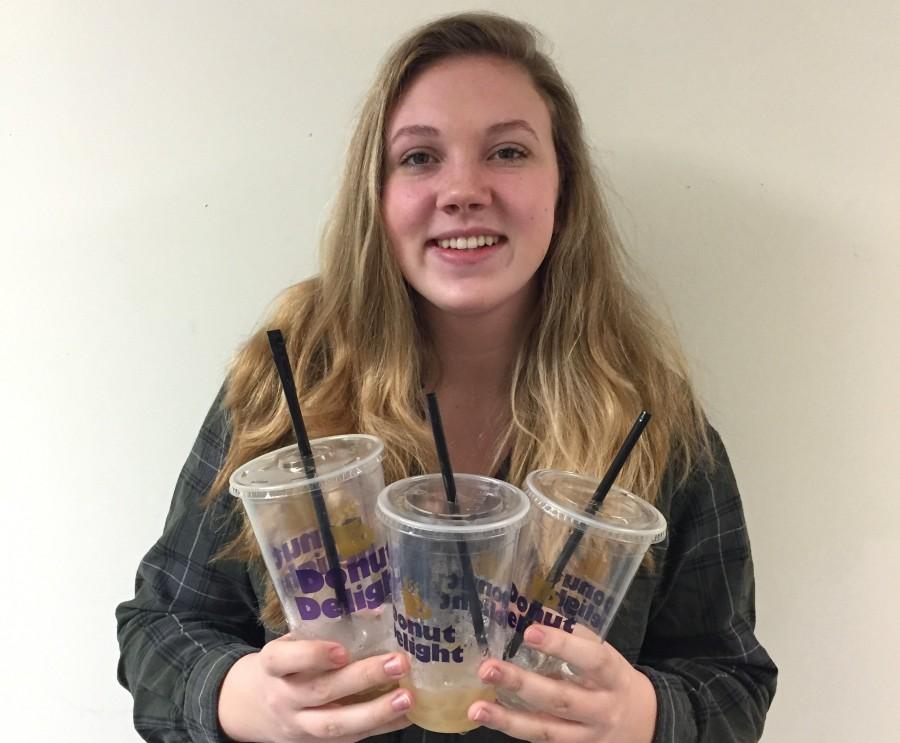
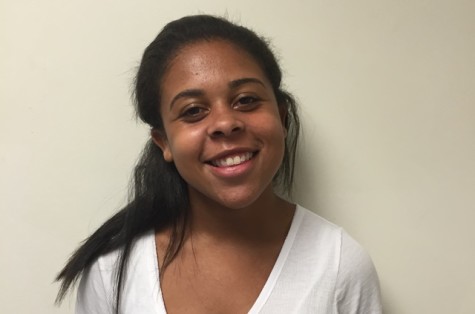
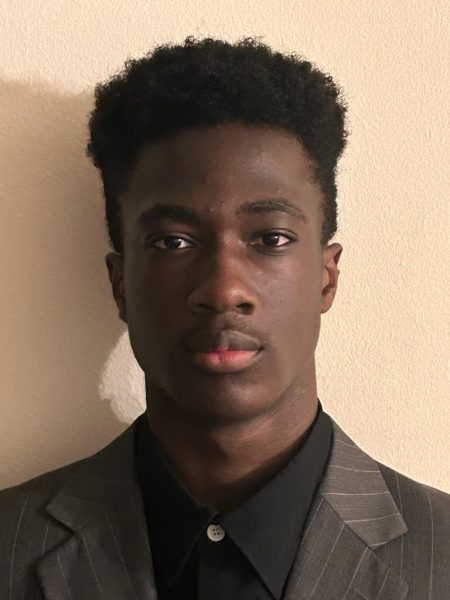
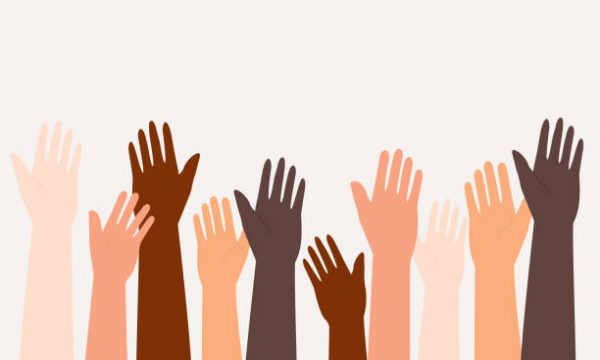
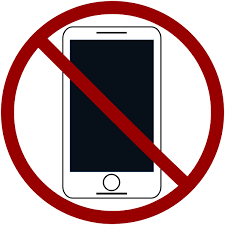


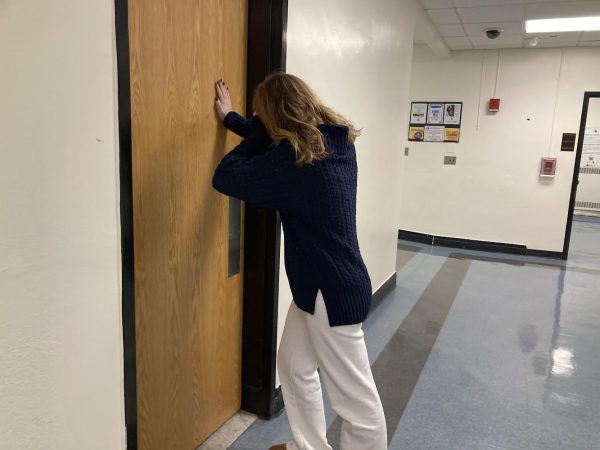


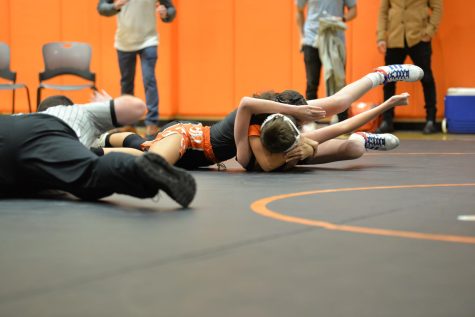
Derek • Mar 10, 2016 at 12:04 am
Many people crave the coffee so bad that they will come late to first period while some will even leave school during class to a “quick” run for the coffee. Selling the coffee inside the school would fix these problems and boost the attendance.
Em • Mar 3, 2016 at 9:31 am
Yes this is such a good idea. if they sell it here or not kids will still be going to get their coffee from the chain restaurants. at least this way we get some money for shs!!
Yes coffee!! • Feb 25, 2016 at 10:13 pm
Agreed!! Selling coffee at Stamford High would be one of the best decisions yet!